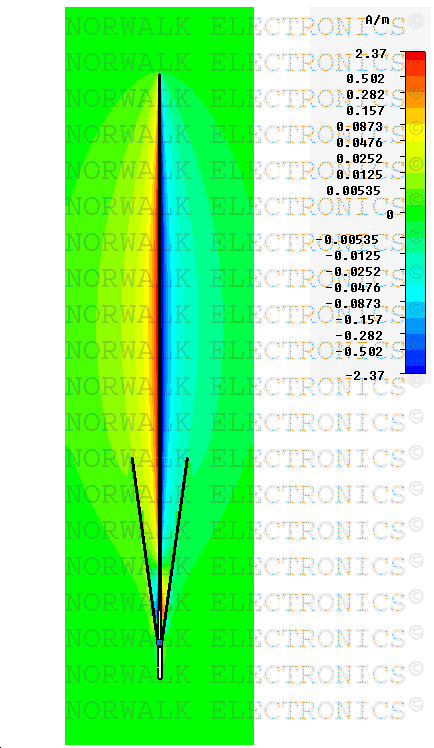B
BOOTY MONSTER
Guest
seems like i recall some comments about the J-pole being slightly directional because of the 1/4 wave tuning stub ..... am i remembering correctly ? or have i been having too much fun ?? 
google "gamma match" and you'll see its alittle more complicated.I'd like to know how the Vector 400 gamma match is put together. Does the onside and outside gamma match tubes contact and the function of it is.
My testing consistently shows improved coverage with the main radiator tuned to .82 wavelength
Curious about that; Do you mean to say that literally or do you mean to say that you have modeled it?
I would like to know the essence of what makes this antenna so much more than a J Pole.

Neato. So,the cone somehow lowers the radiation pattern closer to the horizon?
